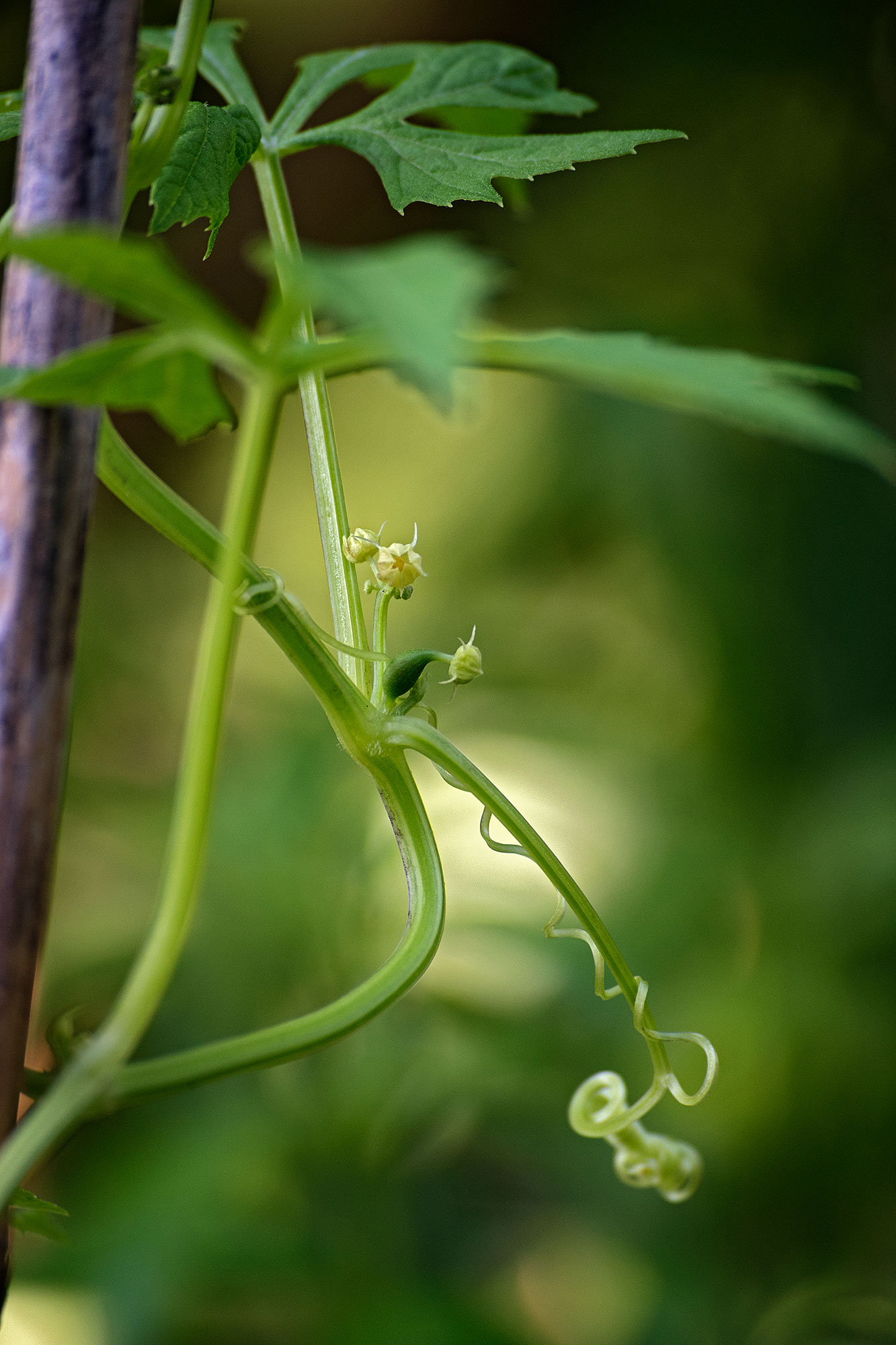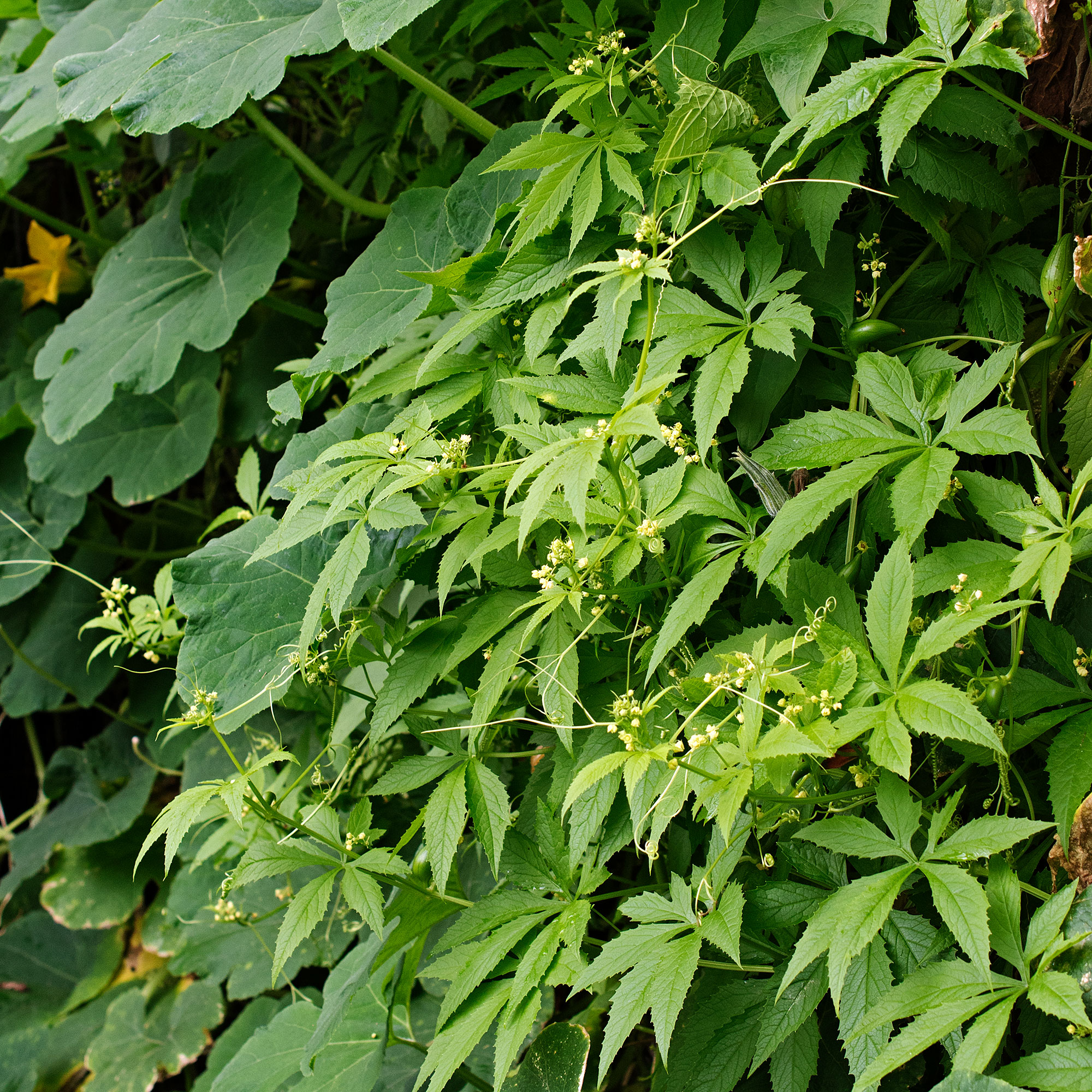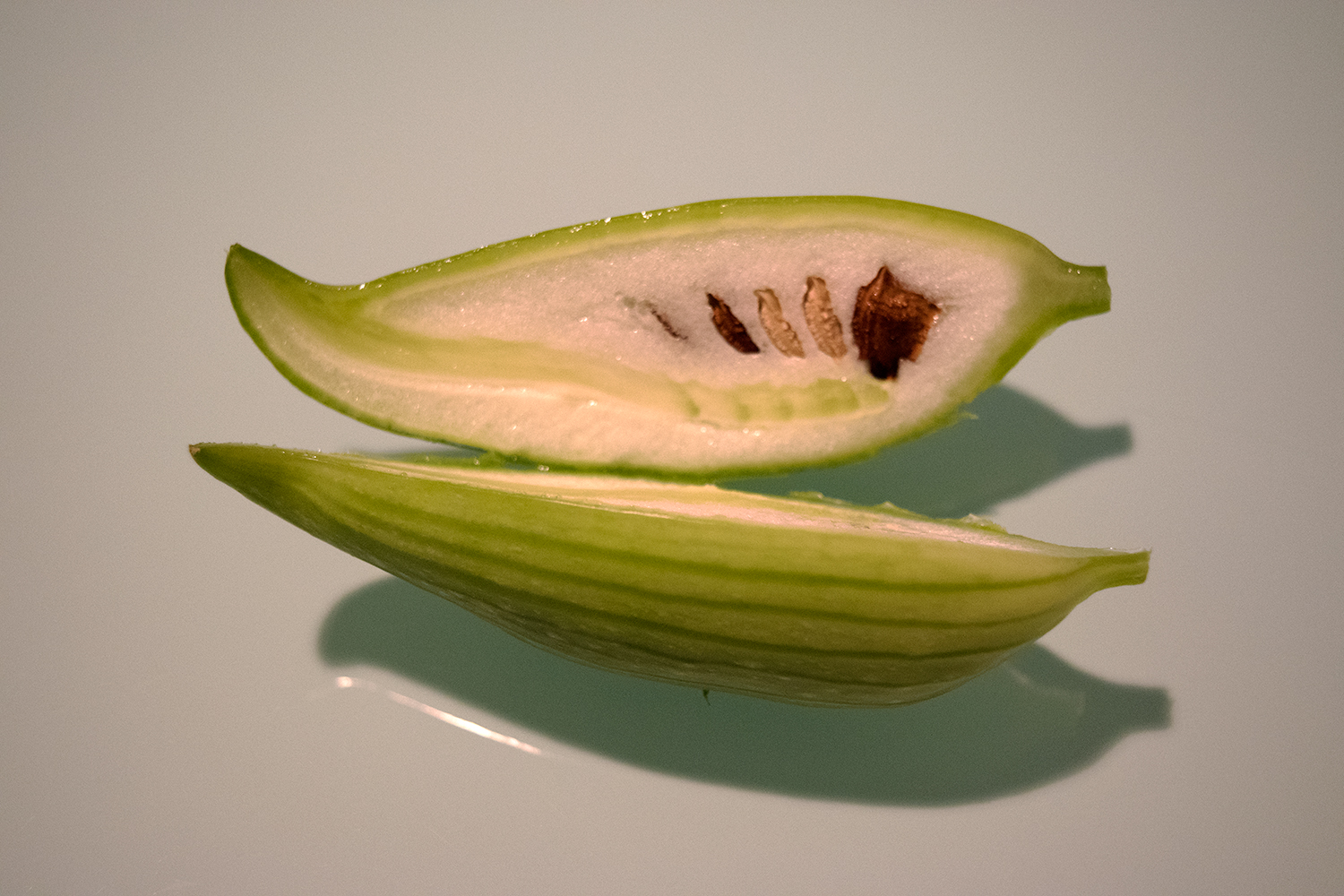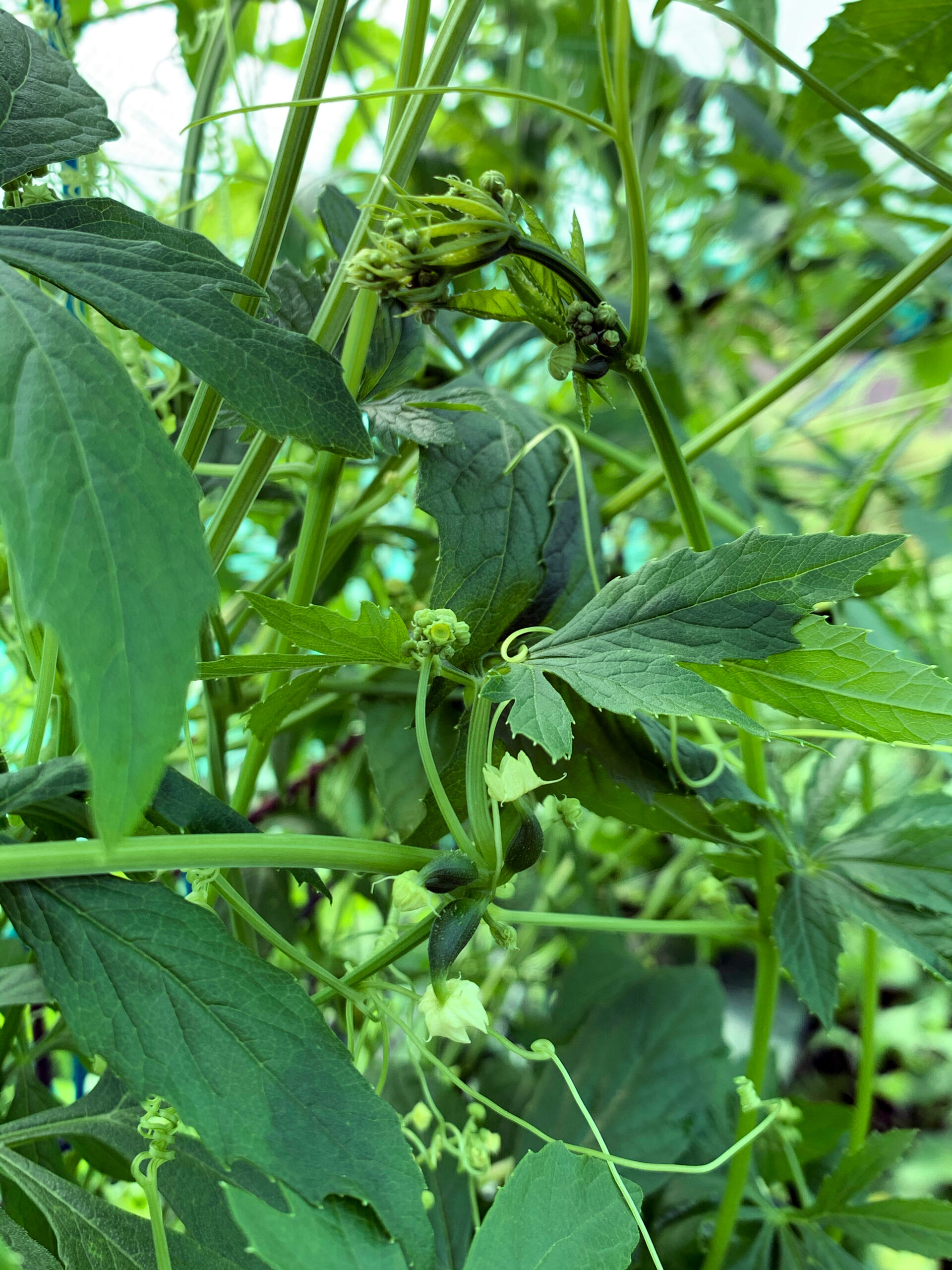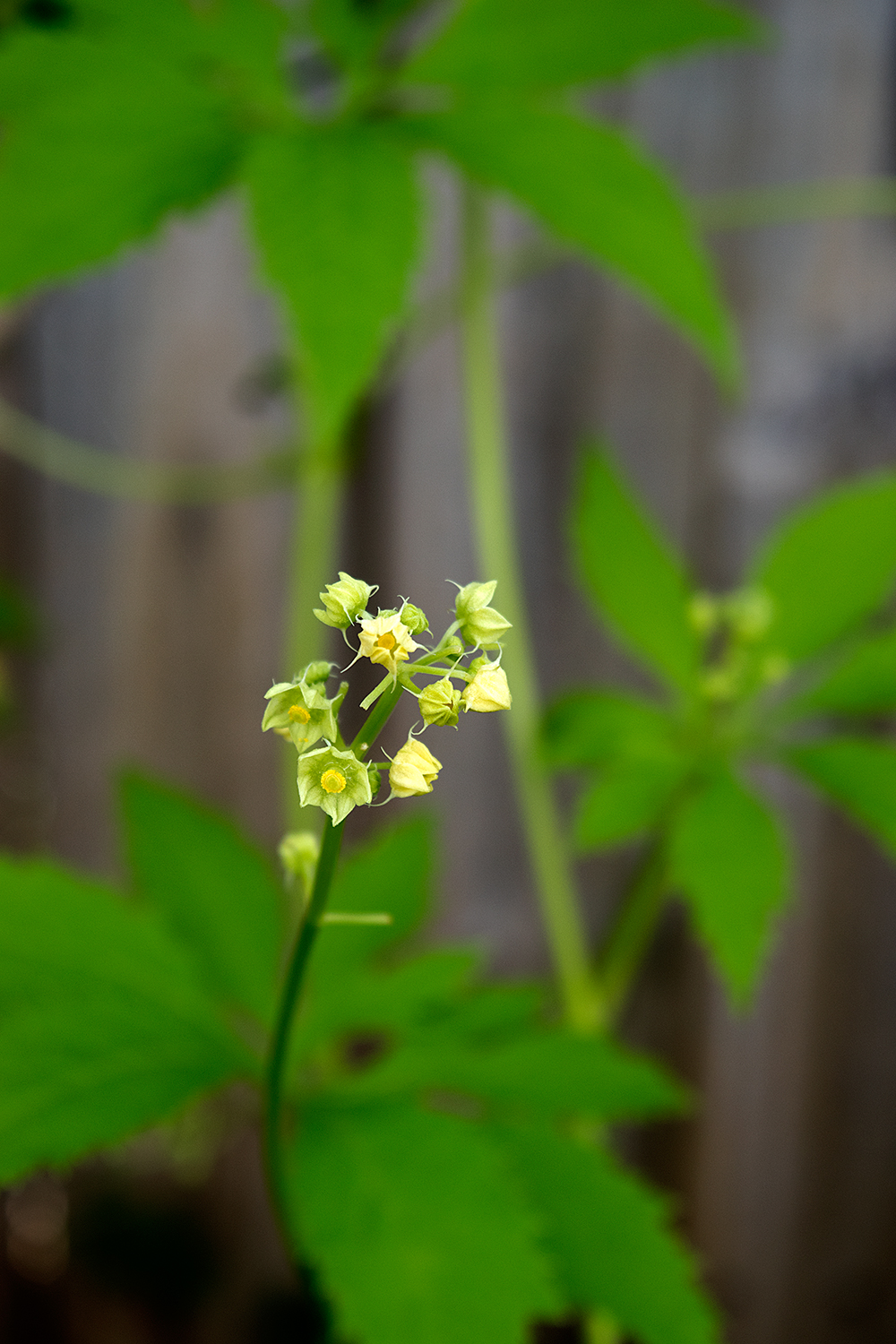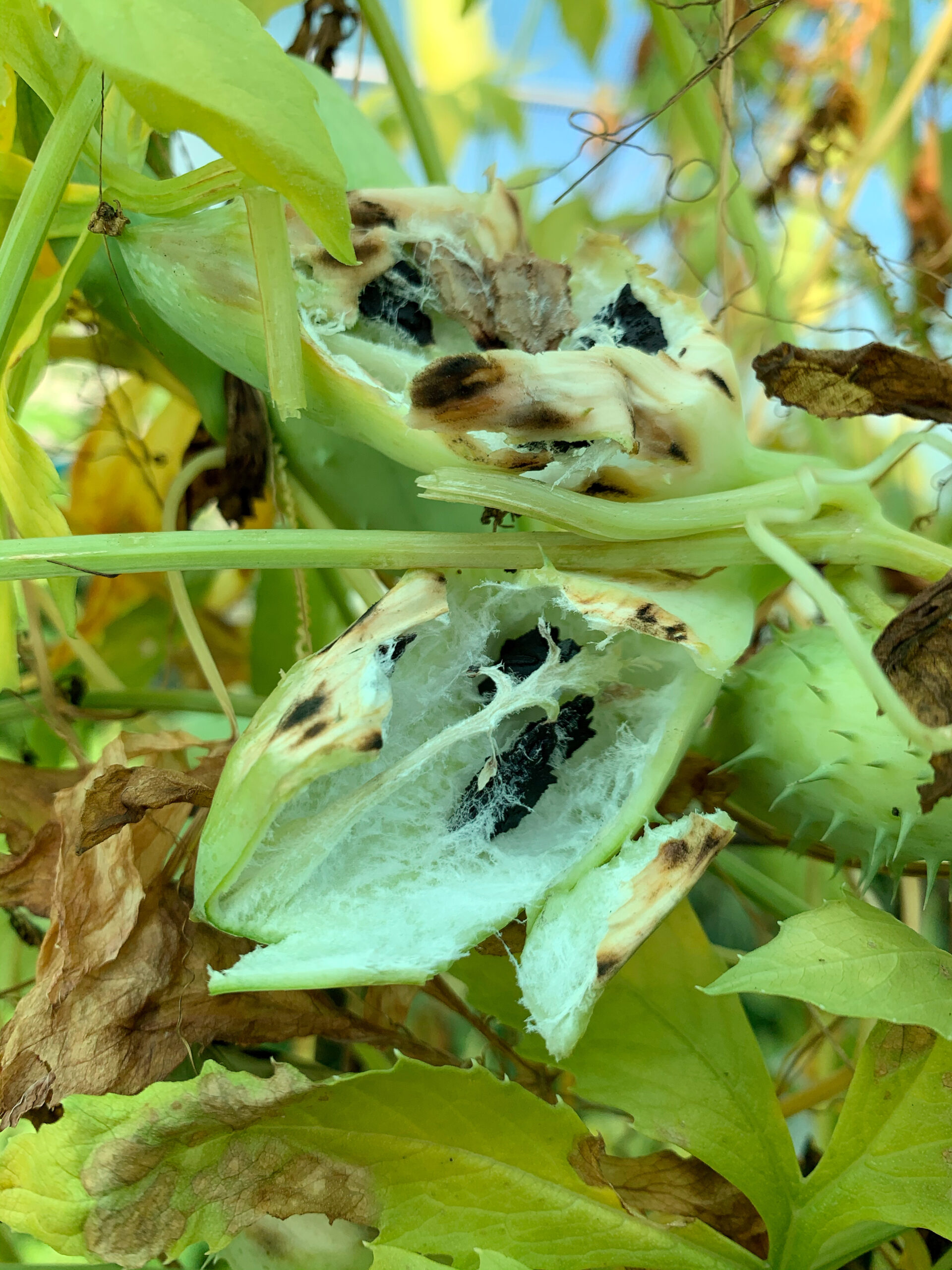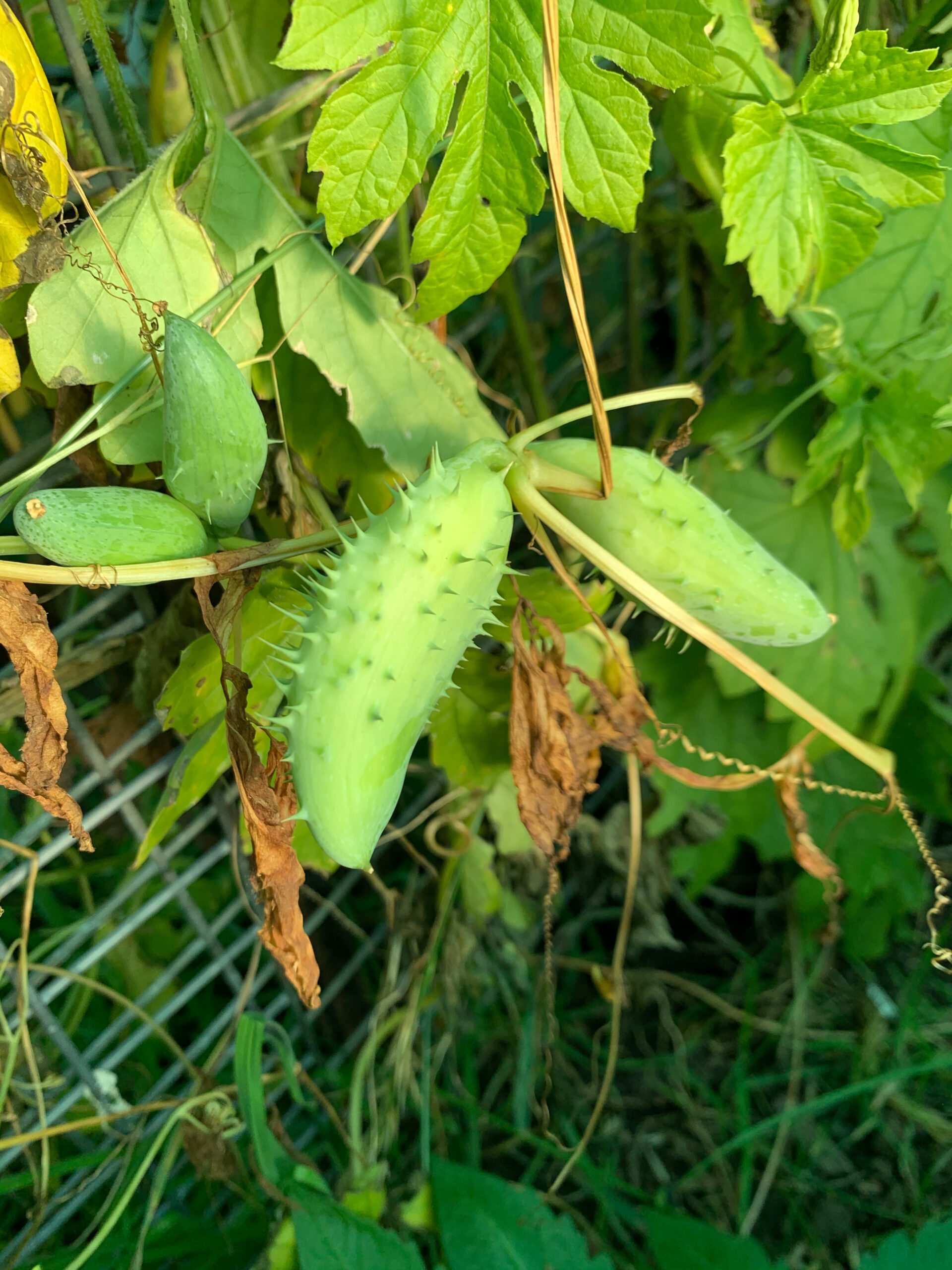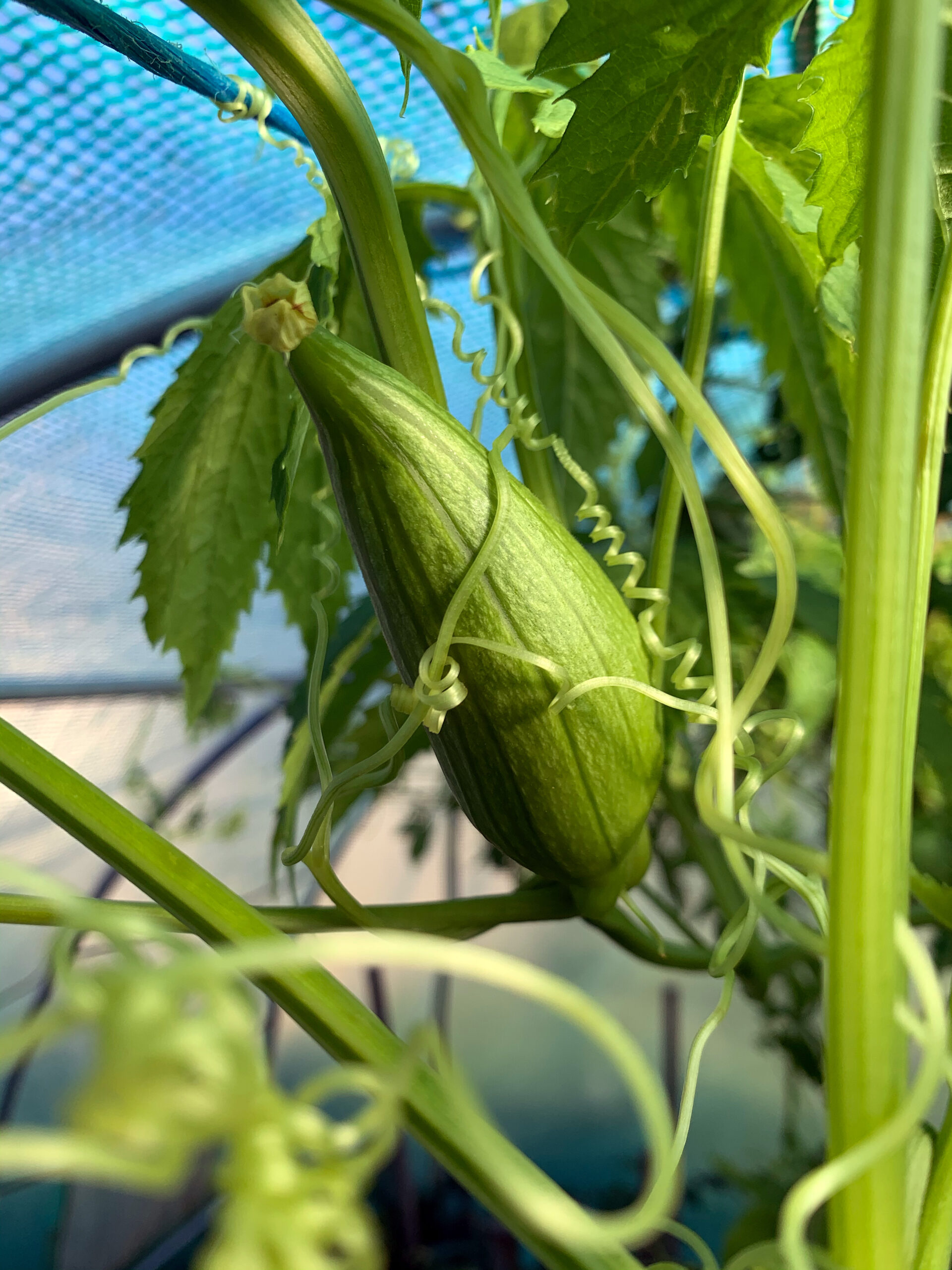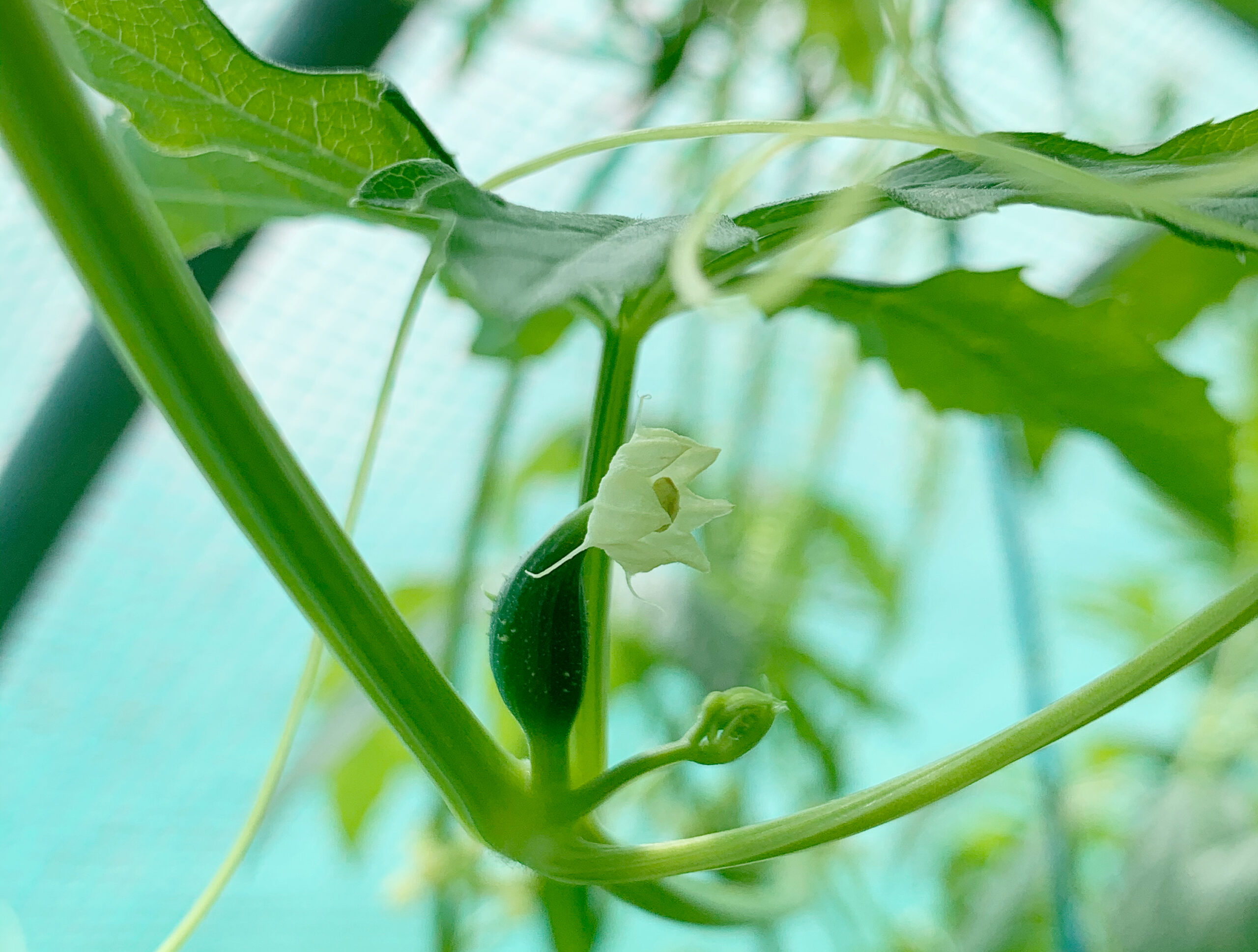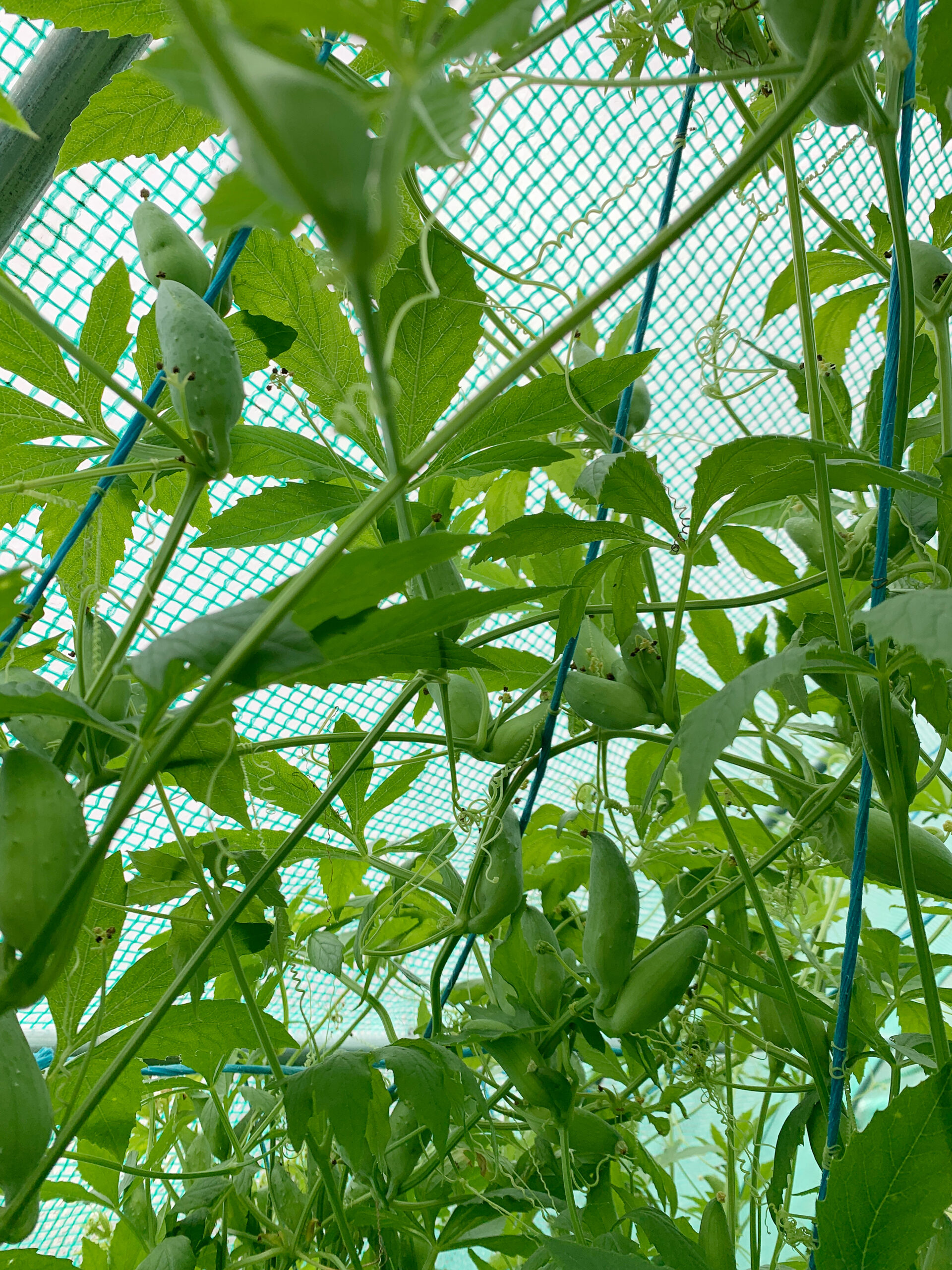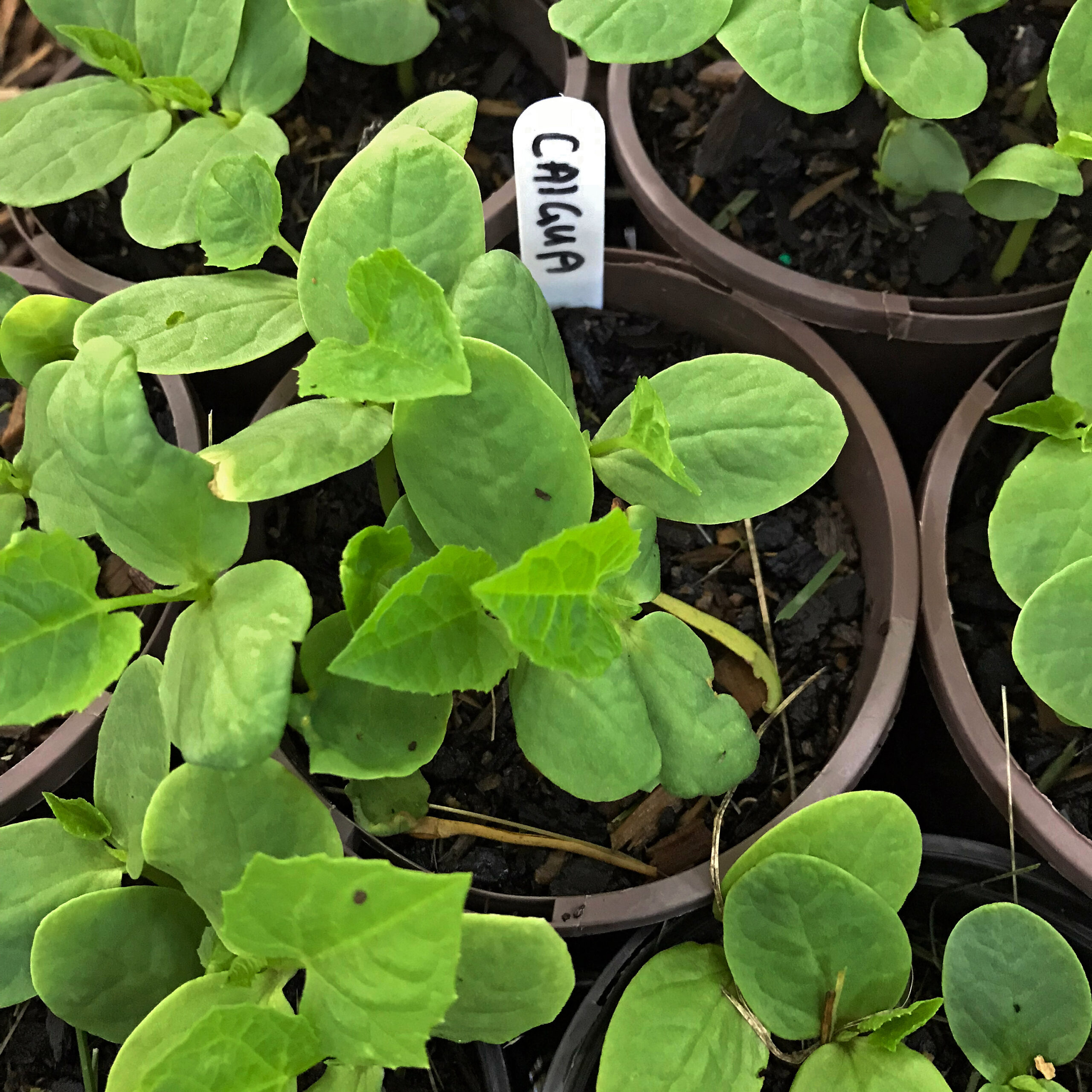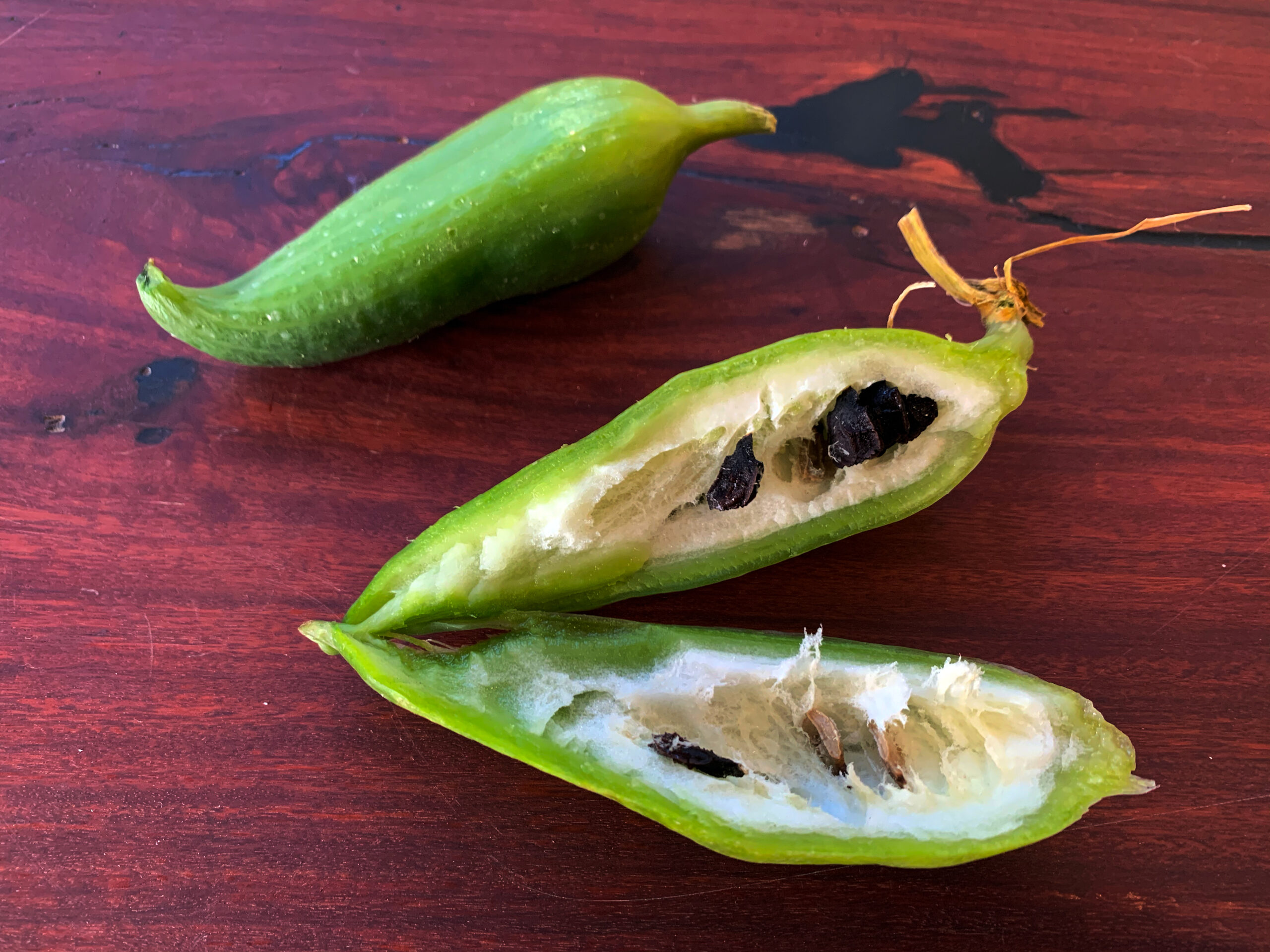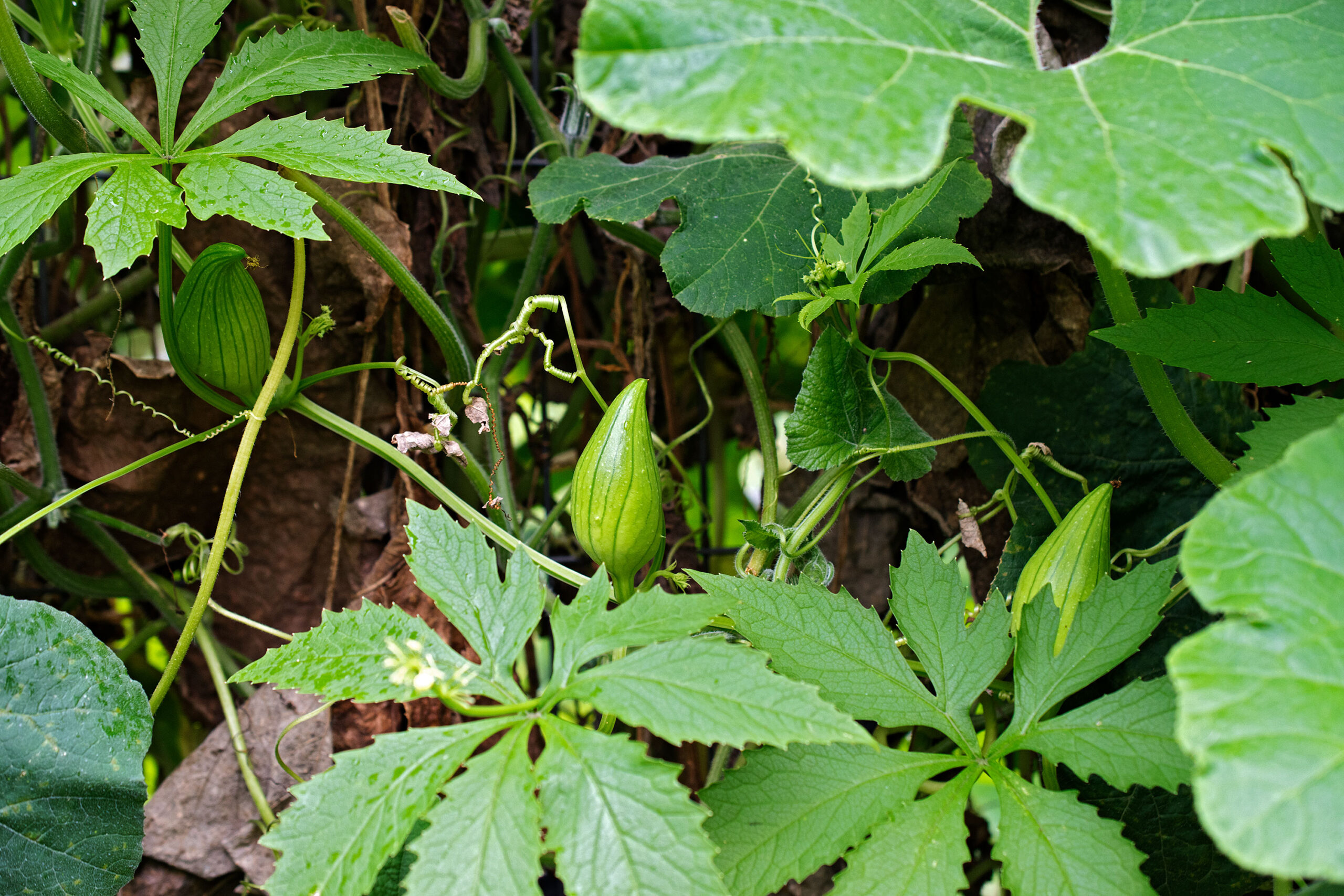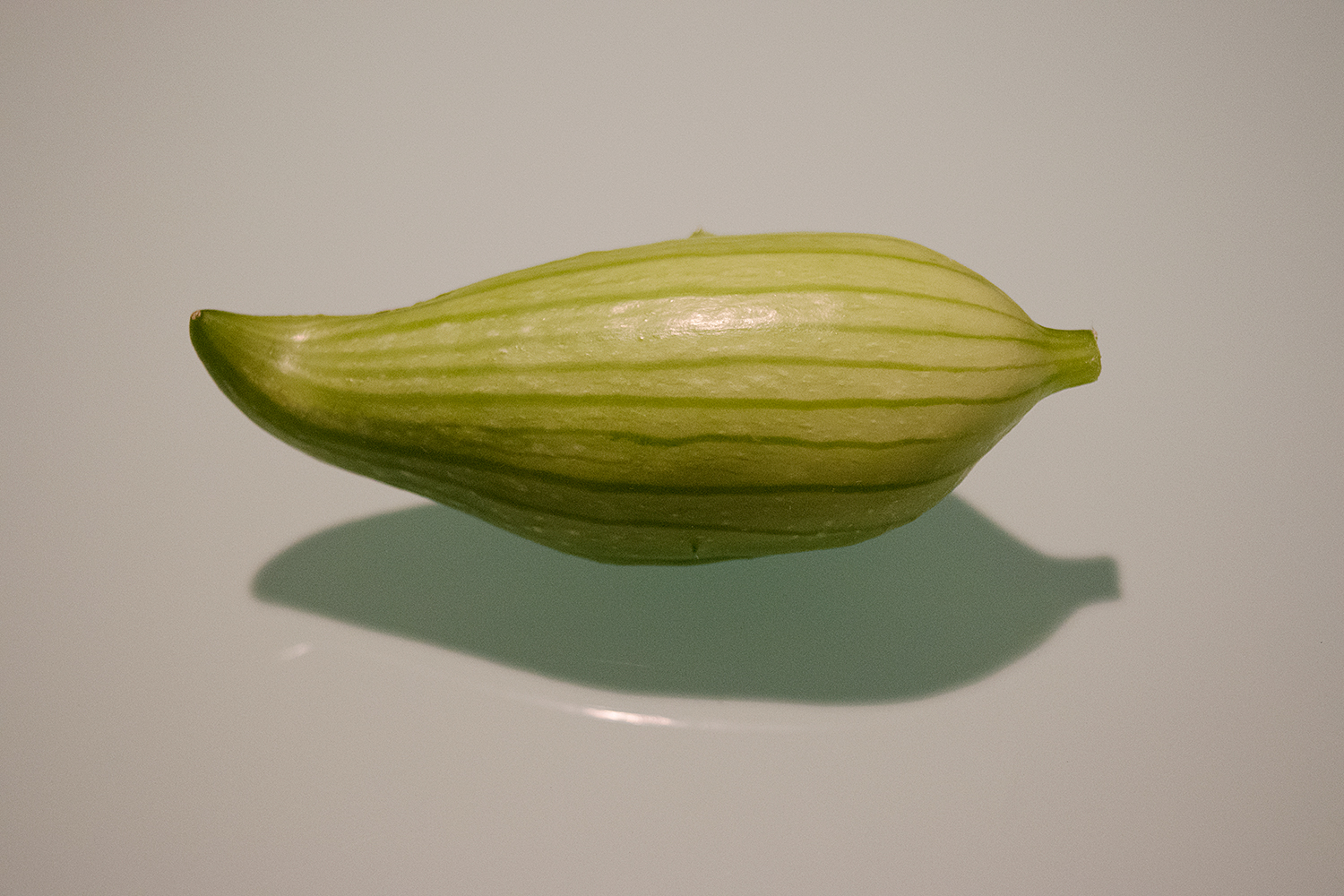Description
Botanical name : Cyclanthera pedata
Synonyms : Cyclanthera pedata var edulis
Common name : Caigua, Pepino Relleno, Achocha, ladies slipper, Stuffing Cucumber
Easy
Lifecycle: annual
Pollination: insect – primarily ants, flies and smaller wasps and one plant will self pollinate.
Mating system: seperate male & female flowers on the same plant
Suggested spacing: 1m apart – they are fairly sprawling vines growing up to 4m long
Seed specific requirements: no known specific day length requirements. Grows better in full sunlight between 7c – 27c and tends to not produce much fruit with extended heat periods above approx 30c.
Isolation distance: Unlikely to out cross easily but ideally grow unique variants with a significant separation.
Population size: Caigua is not highly developed as a crop however there is a more commonly grown smooth skinned larger pod variant ‘Cyclanthera pedata var edulis‘. There are many variants so selection based on taste and physical appearance and size is desirable. Some fruits have spikes – smooth skins are generally seen as more desirable.
Seed maturity: They tend to take a few months to produce fully ripe fruit which produces better seed if left to full mature on the vine and go a dark colour. They will mature off the vine if well formed inside before harvesting.
Processing method: extract from pods and leave to dry in shade till hard and dark in colour. If pods are left to dry off on the vine they are very easy to extract.
Expected seed viability: The seeds have good germination rates for up to 5 Years or more
Images
Growing for seed
- What do we need to know when growing for seed? Is it the same as growing for eating?
- Fuller explanations of the items in the summary box where required. Highlight any particular challenges for this species.
Selection
- What are we looking for in good seed plants?
- How do we identify off types? Shape? Size? Flavour? Colour?
- Should we remove plants that are more susceptible to pest or disease from the gene pool?
Diseases & Pests (Optional section)
- Anything of note for this species and varieties.
Harvest
- How and when do we harvest for seed?
- What are the options for harvesting seed material?
- How do we tell when the seed is mature?
- Are there post harvest actions that should be taken?
Processing
- Is post-harvest (after) ripening required or recommended?
- How do we separate the seed from the plant material?
- What does the seed look like?
- Is it wet or dry processed?
- How is it done?
- Sieved? Winnowed? Fermented?
Cultivation
- How is it grown?
- Sowing dates. Suitable climates. Germination temps etc?
History
- Any relevant historical info regarding origins, cultivation and other salient details.
Uses
- How is it used?
- How to eat or cook it?
Other Resources
- Links to other sites and videos that are useful
Contributoirs
Lloyd Sharp

